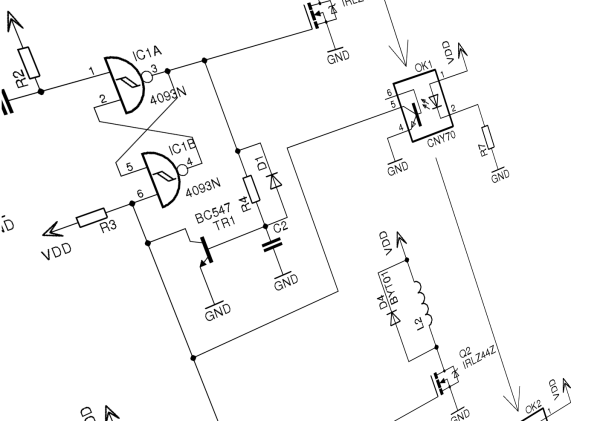We’re interested in any device that can make a PCB out of a copper-clad board, and this entry for the Hackaday Prize might be the simplest machine for PCB fabrication yet. It’s called the Projecta, and it’s a simple way to turn Eagle and KiCad files into a real circuit board.
For the home PCB fabricator, there are two ways to go about the process of turning a copper clad board into a real circuit board. The first is a CNC machine. Drop a piece of FR4 under a cutter, and you’ll get a circuit board and a lot of fiberglass dust. The Othermill is great for this, but it is a bit pricey for all but the most ambitious weekend warrior.
The second method of home PCB fabrication chemically etches the copper away. The etch resist mask can be laid down with dry film resist, or with the ever-popular laser printer, magazine, and laminator trick. Either way, the result is an acid-proof covering over the copper you don’t want to get rid of.
While the Projecta looks and sounds like a miniature CNC machine, it doesn’t chew through copper and produce a ton of fiberglass dust. The Projecta scribes the pattern of a circuit board after the copper has been masked off with a sharpie, marker, or other ink-based resist. When the board comes out of the Projecta, there’s a perfect pattern of circuits on a board, ready for the etch tank.
This technique of putting a copper clad board into a CNC machine and etching it later is something we haven’t seen before. There’s a good reason for that – if you’re putting a board under a cutter already, you might as well just chew away the copper while you’re at it.
Just because we haven’t seen this technique before doesn’t mean it’s a bad idea. Because the Projecta is only scribing a bit of ink off a board, the CNC mechanism doesn’t need to be that complex. It doesn’t need to throw a spindle around, and the Projecta can be built down to a price rather easily.
The Projecta is on Kickstarter right now, with the Kickstarter non-early bird price of $600. You can check out the video demo of the Projecta in action below.
Continue reading “Hackaday Prize Entry: A CNC Scribe For Making Circuit Boards”


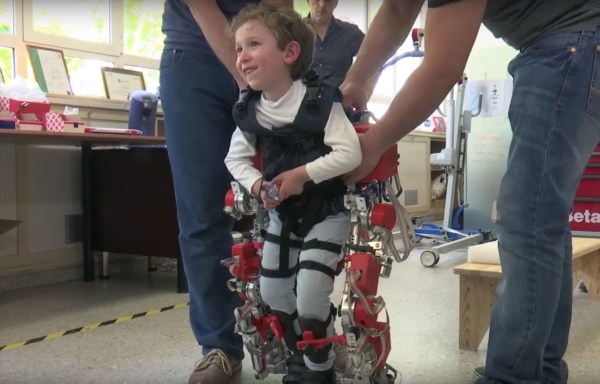
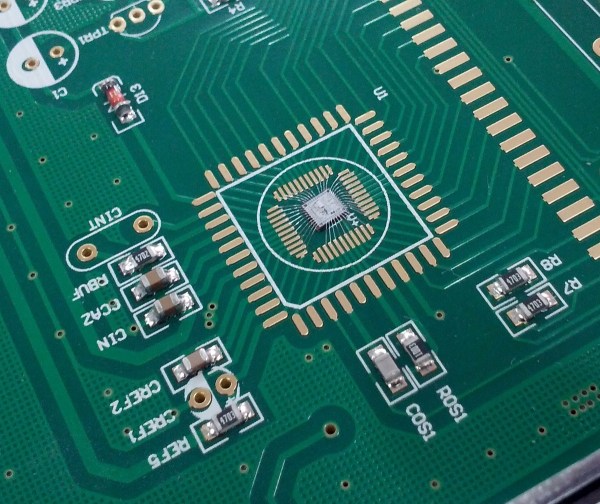
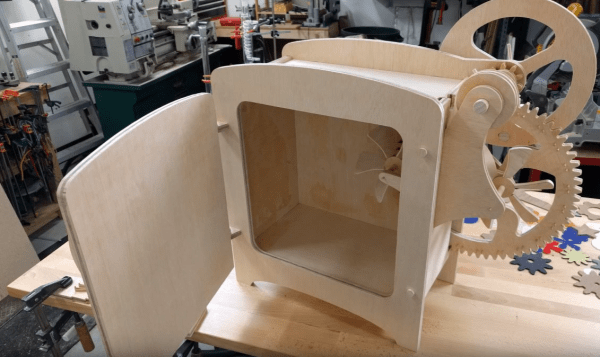
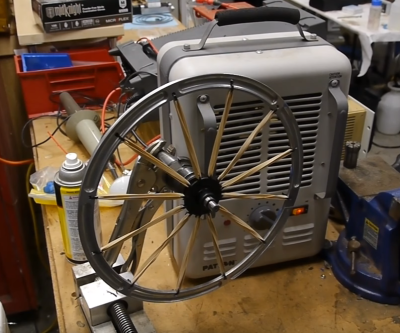 retch the band has to go somewhere, and that somewhere is heat. This is all an example of
retch the band has to go somewhere, and that somewhere is heat. This is all an example of 